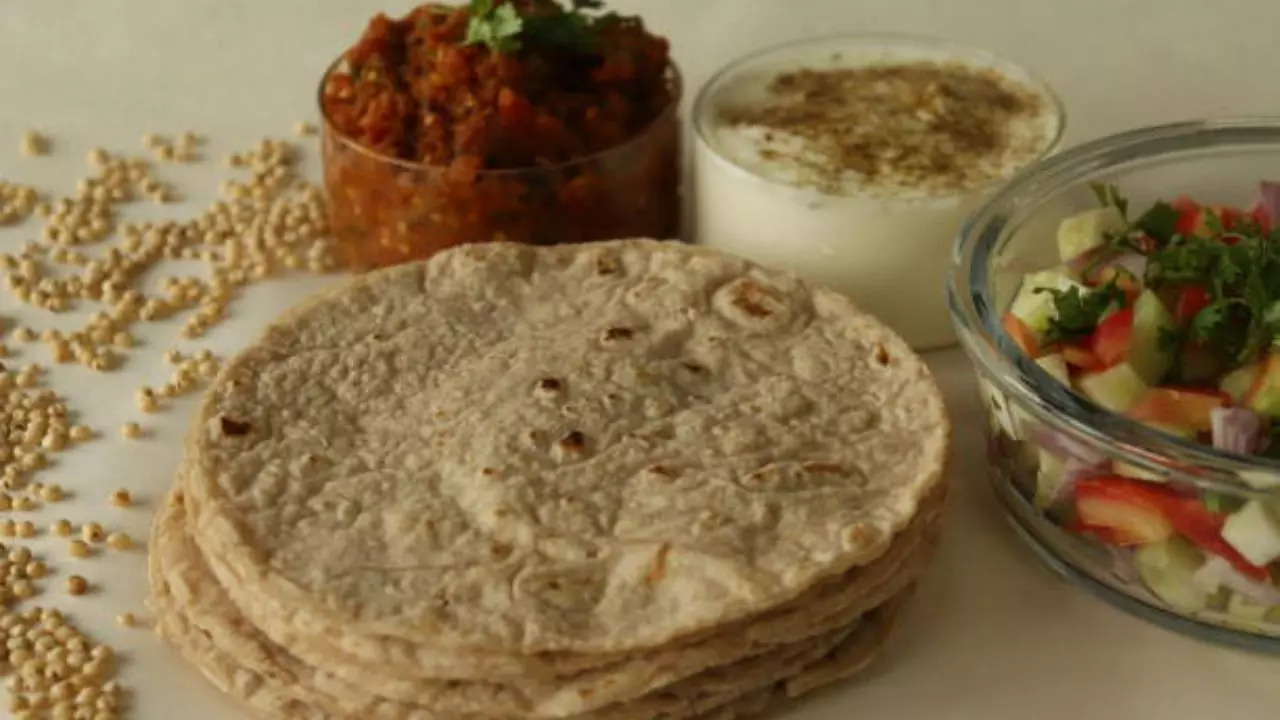How are sattu and jowar rotis healthier than wheat rotis? Nutritionist’s answer
With increasing research and new diets emerging every day, sattu and jowar rotis are being talked about as being more nutritious than whole wheat rotis. To know if it is really that healthy, we got in touch with a nutritionist who told us which roti you should include in your diet. Read on.

How are sattu and jowar rotis healthier than wheat rotis? (Image courtesy: iStock)
While whole wheat rotis are considered a healthier option than rotis made from refined flour, recent research suggests that sattu and jowar rotis may offer more health benefits. These alternatives are gaining recognition because they are rich in protein and have a higher nutritional profile than whole wheat rotis. These make them healthier options, especially for those looking to increase their protein intake or control blood sugar levels. But are they really healthy?
We got in touch with Kanika Narang, Deputy Manager, Dieticians, Indraprastha Apollo Hospitals, who explained how sattu and jowar rotis are a healthier option than wheat rotis.
Sattu Rotis
Sattu, a flour made from roasted Bengal gram (chana dal), has been a staple of the diet in many parts of India for centuries. For vegetarians or those looking to increase their protein intake, sattu rotis provide a rich source of essential amino acids. A study published in the Journal of Food Science and Technology shows that sattu has a low glycemic index, which is important for controlling blood sugar levels.
Sattu is rich in dietary fiber, which aids digestion and promotes a feeling of fullness, potentially helping in weight management. Sattu is a good source of iron, magnesium, and calcium, which are essential minerals for maintaining bone health and preventing deficiencies.
Jowar rotis
Jowar, or sorghum, is another ancient grain that offers a gluten-free option and is suitable for people with celiac disease or gluten sensitivity. According to a study in the Journal of the American Dietetic Association, jowar is rich in antioxidants, particularly polyphenols, which have been linked to reducing inflammation and lowering the risk of chronic diseases like heart disease and cancer.
Jowar is high in fiber, even more than whole wheat. This extra fiber not only supports digestive health but also helps maintain stable blood sugar levels and promote satiety, making jowar rotis beneficial for weight management. Jowar is a good source of B vitamins, especially niacin, which is essential for energy metabolism and skin health.
Jowar also has higher levels of minerals like phosphorus, potassium and magnesium than whole wheat. These minerals play an important role in maintaining bone health, muscle function and enzyme activity, making jowar roti a more comprehensive option for overall health.
Calorie Efficiency and Mineral Absorption
Kanika Narang explains that sattu and jowar rotis have fewer calories than whole wheat rotis. This makes them ideal for people who want to control their weight, as they provide more satiety with fewer calories. Sattu and jowar have lower levels of phytic acid than whole wheat. Phytic acid can inhibit the absorption of minerals such as iron and zinc, but the lower phytic acid in sattu and jowar rotis allows for better mineral absorption, increasing overall nutrient intake.
While sattu and jowar rotis provide numerous health benefits, wheat rotis also have their place in a balanced diet. DietEach type of roti brings its own nutrients. Sattu and jowar rotis are a healthier option than whole wheat rotis as they are higher in protein and fibre, lower on the glycemic index and higher in essential minerals and antioxidants.
Get the latest news live on Times Now, along with breaking news and top headlines on diet, health and more from around the world.


